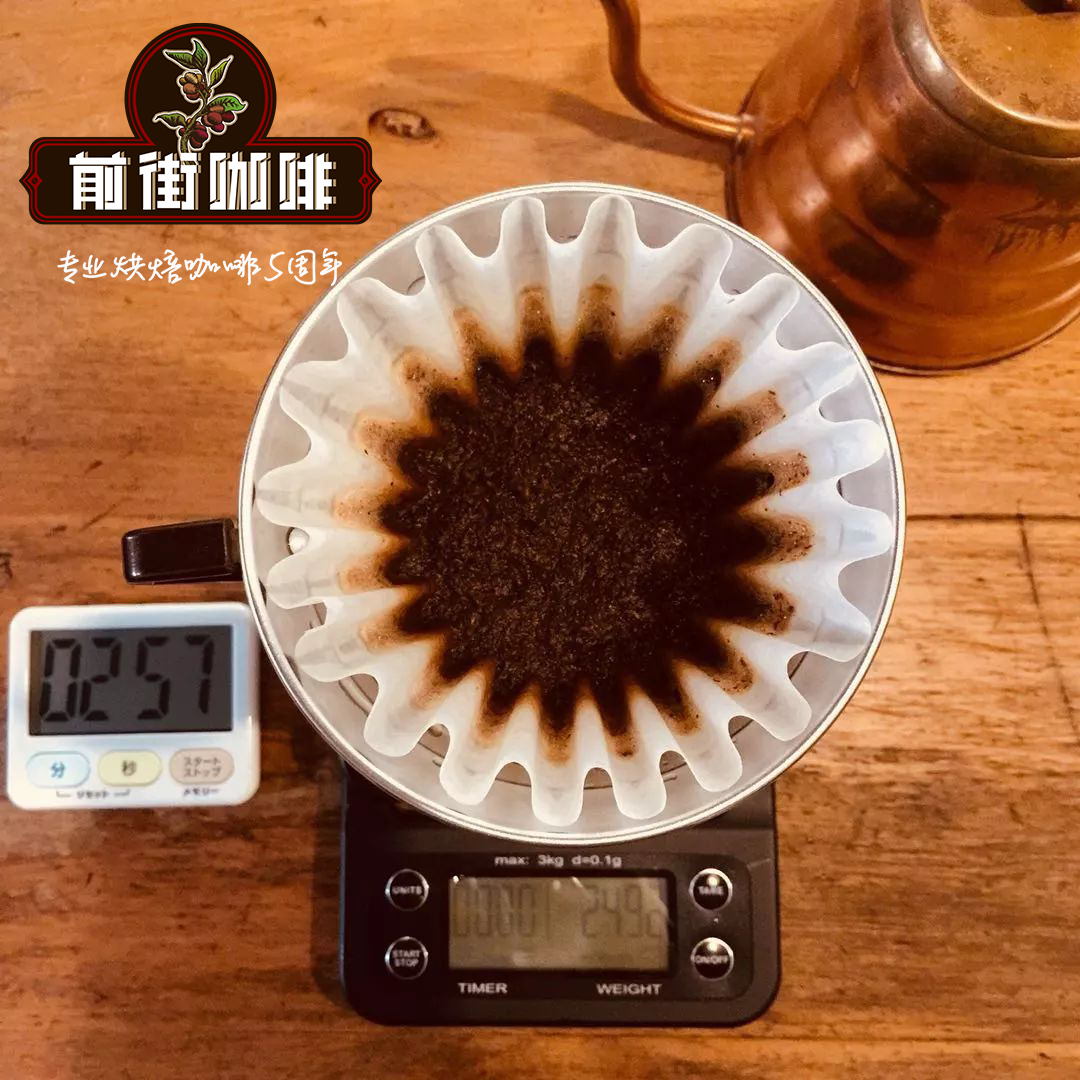One of the varieties of Arabica coffee, tin card coffee, fine coffee, common beans.

Professional coffee knowledge exchange more coffee bean information please follow the coffee workshop (Wechat official account cafe_style)
Qianjie-A brief introduction to Arabica Coffee and Iron pickup Coffee
Coffee belongs to the evergreen shrub of the genus Coffea of the Rubiaceae family. There are about 40 species of plants under the branch of the genus Coffee, of which there are only three species of coffee of commercial value-- Coffea Arabica, Coffea Robusta, and Coffea Liberica. These three varieties are called the "three native species of coffee." Arabica species account for about 7080% of the world's total production, and boutique coffee is in large demand; Robusta species account for 20,30%, which is mainly used in instant and canned coffee, and its caffeine content is twice as high as that of Elaraby species; because of its intolerance to leaf rust and poor flavor, Leiberia species are traded only in West Africa, Suriname, Libya, Ivory Coast and other countries, and are not popular all over the world.
Coffee is subject to many challenges during its growth, such as moisture, frost, diseases and insect pests. Among them, "leaf rust" is the most harmful. Natural things evolve under natural selection, and so do coffee trees. Therefore, the "Tibika species" and "bourbon species" mentioned in this article belong to the "species" of biological taxonomy, phylum, class, order, family, genus and species, which can be classified into "secondary species", "variety" and "variety" in order, among which there are mutant varieties which belong to natural evolution. There are also people who deliberately cultivate varieties with special needs. Generally speaking, the Arabica species often seen on the market are only a very general statement, the actual species are not subdivided, we can only know that their upstream ancestors are Arabica species.
The following is the evolution of the Arabica species.
[Typica] Tibica species
The species closest to the original species. The bean shape is slightly longer, like an elongated egg, known as Arabigo or criollo in Central America. It has a clean citric acid taste, sweet aftertaste, low resistance to leaf rust, not easy to take care of, low seed setting, long harvest period (harvest every two years) and low yield.
It has excellent taste and is recognized as a boutique coffee variety, but its yield is very low and it is vulnerable to rust, so more manpower management is needed. Tieka Coffee, native to Ethiopia and southeastern Sudan, is the most widely cultivated variety of coffee in the Western Hemisphere. The plant is strong, but it is not resistant to light. The top leaf of the iron pickup is red copper, which is called red top coffee.
Knowledge expansion: Arabica coffee beans first came from Ethiopia, Yemen and other places in Africa, and then were transplanted to all parts of the world.
Knowledge expansion: Arabica coffee beans first came from Ethiopia, Yemen and other places in Africa, and then were transplanted to all parts of the world.
In short: Qianjie is a coffee research hall, happy to share the knowledge about coffee with you, we share unreservedly just to make more friends fall in love with coffee, and there will be three low-discount coffee activities every month. The reason is that Qianjie wants to make more friends drink the best coffee at the lowest price, which has been Qianjie's tenet for 6 years!
END
Important Notice :
前街咖啡 FrontStreet Coffee has moved to new addredd:
FrontStreet Coffee Address: 315,Donghua East Road,GuangZhou
Tel:020 38364473
- Prev

What are the aroma characteristics of Arabica coffee? does typica coffee inherit good genes?
Professional coffee knowledge exchange more coffee bean information please follow the coffee workshop (Wechat official account cafe_style) front street-Arabica Coffee, Iron pickup Coffee brief introduction Arabica coffee is by far the largest quantity of coffee, but also promoted as the best quality coffee, so it is now the mainstream of the market, the highest price, production accounts for more than 65% of all coffee. Arabica: sweet flavor
- Next

What is Arabica coffee beans? do you know that Catura coffee is one of its derivatives?
Professional coffee knowledge exchange more coffee bean information please follow the coffee workshop (Wechat official account cafe_style) front street-Arabica Coffee, Catura Coffee introduction what is widely used in the world is small fruit coffee, that is, Arabica beans (Coffea Arabica), which basically cover 70% of the world coffee market share, it is the oldest
Related
- Beginners will see the "Coffee pull flower" guide!
- What is the difference between ice blog purified milk and ordinary milk coffee?
- Why is the Philippines the largest producer of crops in Liberia?
- For coffee extraction, should the fine powder be retained?
- How does extracted espresso fill pressed powder? How much strength does it take to press the powder?
- How to make jasmine cold extract coffee? Is the jasmine + latte good?
- Will this little toy really make the coffee taste better? How does Lily Drip affect coffee extraction?
- Will the action of slapping the filter cup also affect coffee extraction?
- What's the difference between powder-to-water ratio and powder-to-liquid ratio?
- What is the Ethiopian local species? What does it have to do with Heirloom native species?

